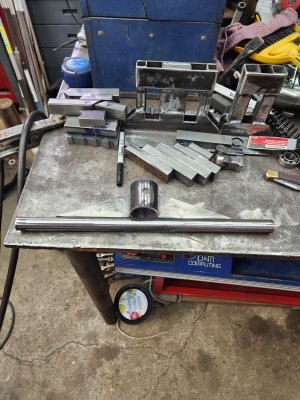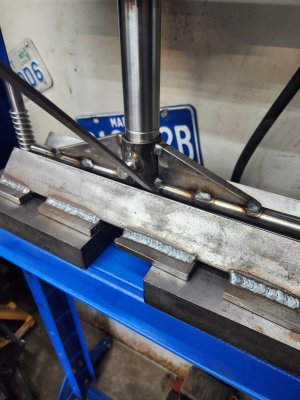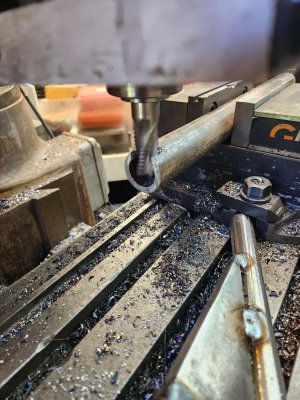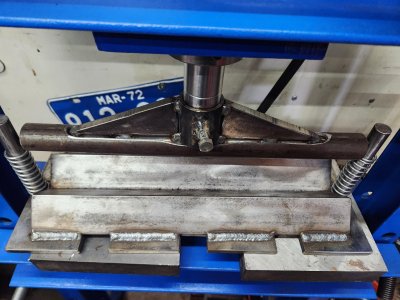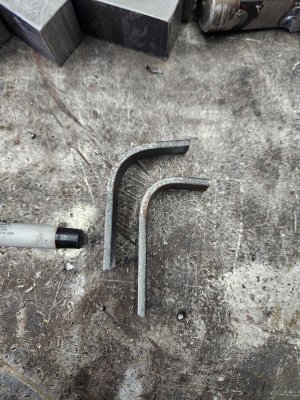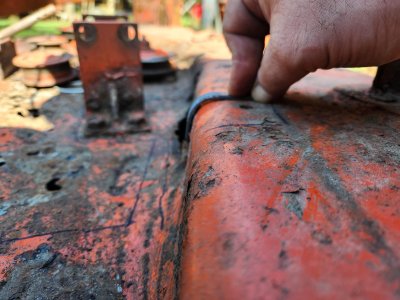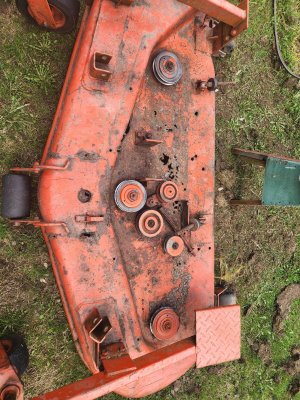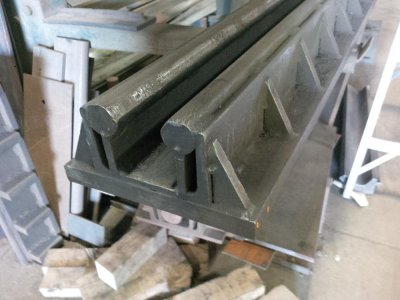Do some reading about "K factor" for bends, and how it is calculated. It has to do with the thickness of the material, and calculating the Bend allowance, so you can get the end dimensions you want, without always making it too long and cutting it down every time...
IMO, you did well to get that thick of material, that far bent, before a blowout. Even if the material is dead soft. Eventually the stretch on one side, or the compression on the other, plus work hardening from the metal movement, does the part in.
You can soften the bend area, by drawing a line where the bend will go, with a Sharpie marker, then heat that line with a torch until the line fades away. A useful way to make tight bends on -T3, -T4, and -T6 sheet stock, when bending in a brake.
Usually, you either use thinner material, or you "pack" the nose of the press die with material to provide a larger radius around which to bend.

